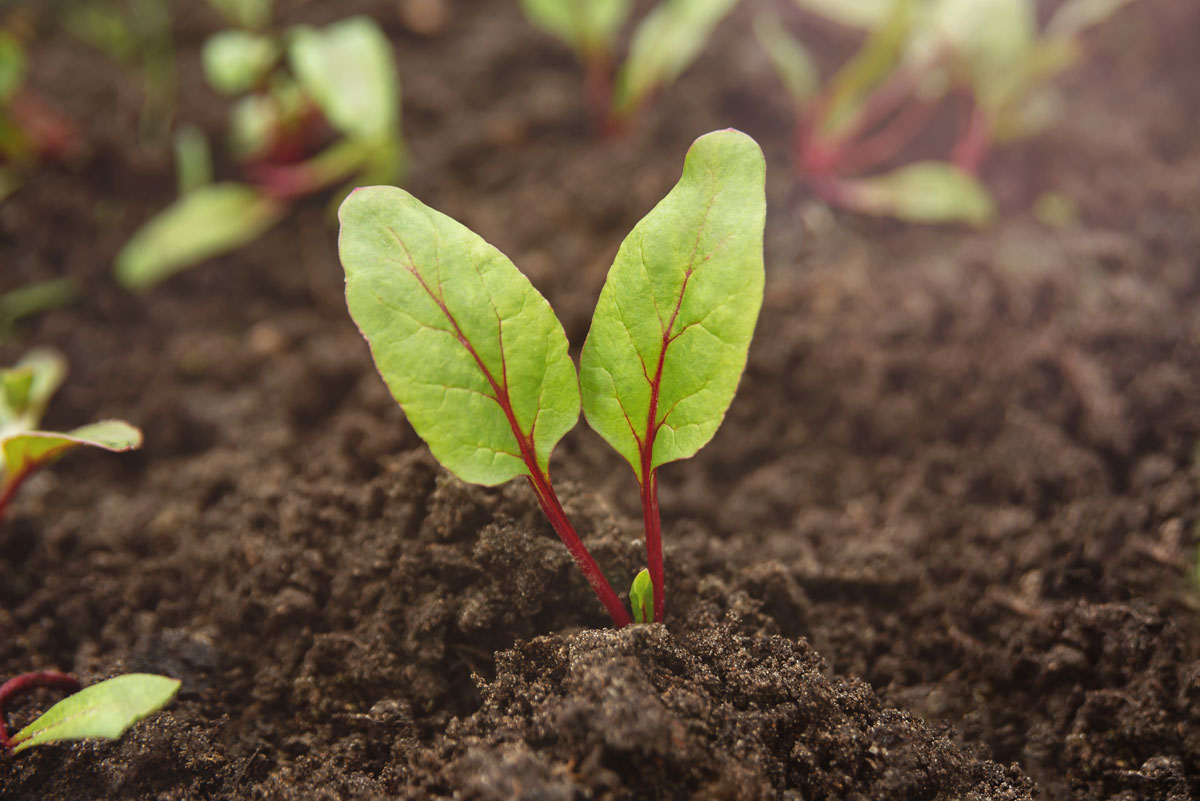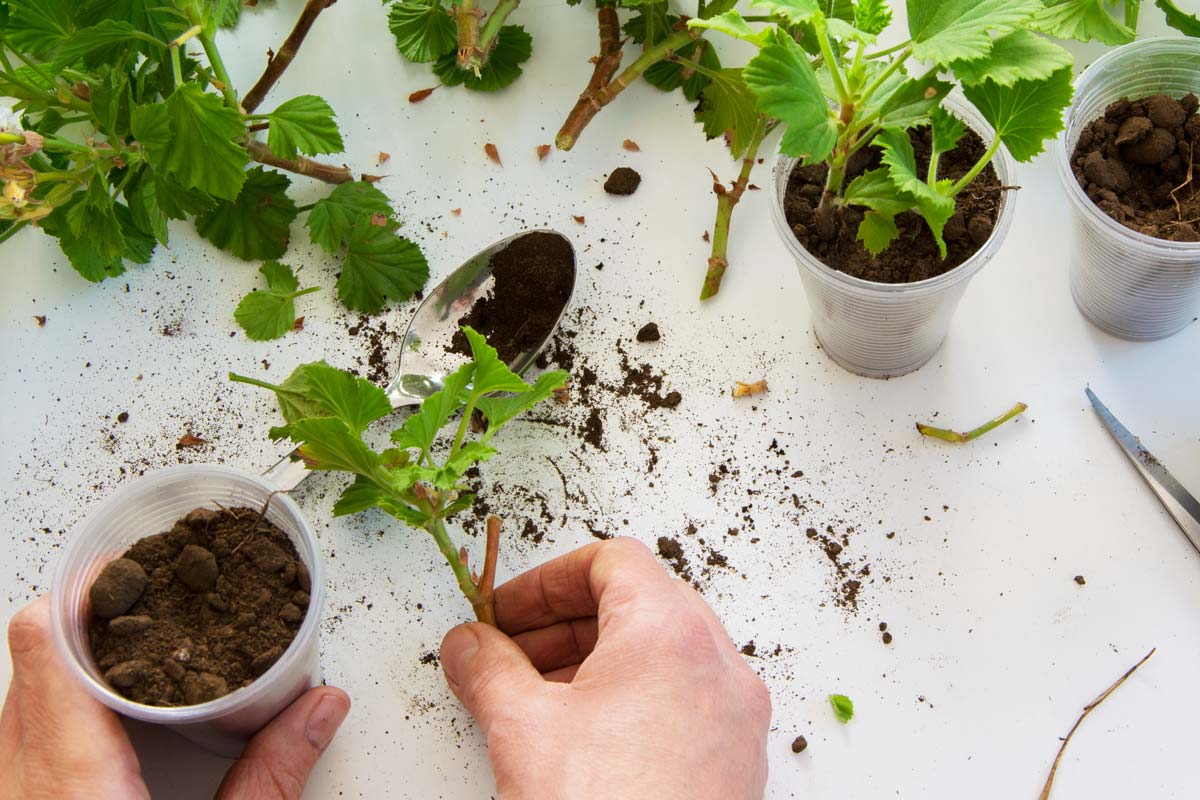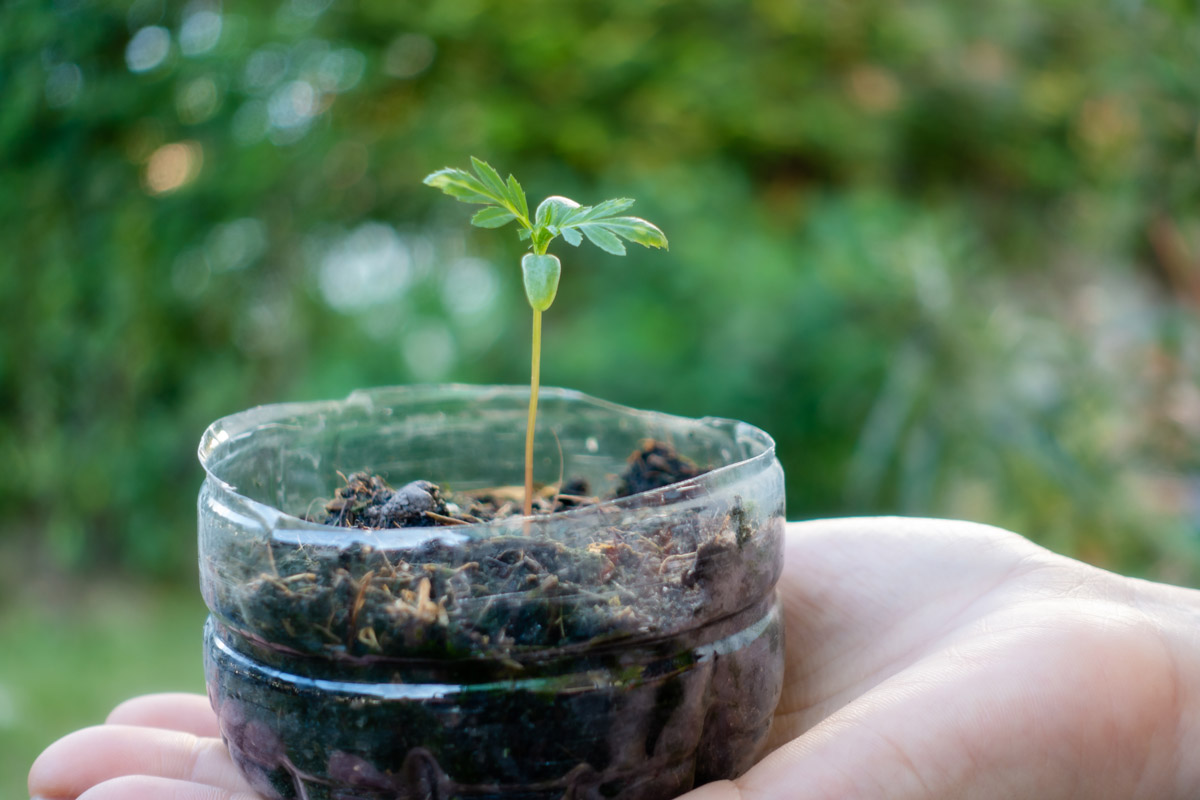Antidotes for the Stir-Crazy Gardener
Ready to start gardening? Though in some areas it may not yet be warm enough to get outdoors, use any of these methods to get your gardening fix.
Sticker-shocked gardeners might be looking for ways to hold down the gardening budget this season after running into higher prices for everything from bagged fertilizer to trees.
Here are 10 money-saving ideas.
Starting your own vegetables and flowers from seed is much less expensive than buying greenhouse-grown transplants at garden centers.
You don’t need costly lighting systems. Basic workshop lights with fluorescent tubes are sufficient for growing seedlings that move outside after several weeks of growth inside.

Many vegetables and flowers grow well when planted directly in the ground outside, bypassing indoor seed-starting and store-bought transplants altogether.
Examples are carrots, cucumbers, beans, beets, and squash in the vegetable garden, and nasturtiums, marigolds, zinnias, cleome, and cosmos in the flower garden.
Also save money by collecting mature seeds from existing crops. Hybrid varieties usually don’t work well, but heirloom or “open-pollinated” varieties can supply years worth of new plants from a one-time seed purchase.
Most perennial flowers can be dug and divided after several years of growth, giving you free plants to use elsewhere.
Check with friends and neighbors to see if they’d like to trade divisions, which can yield free new varieties for your yard.
When buying new perennials – especially those in larger pots – check to see if the rootball is big enough to split into two pieces of fist size. If so, that doubles your investment immediately.

New plants can be created by snipping four- to six-inch pieces off the tips of “mother plants” and sticking them into consistently moist potting mix. That induces roots to grow from the buried nodes. When that happens, you have a new “baby” copy of the plant.
This is easier than you think and works for many shrubs as well as annual flowers that can be kept alive inside over winter, then multiplied by cuttings in early spring.
Read more on how to grow your own new plants from cuttings
Plant bargains can be found at non-retail plant swaps and plant sales that many groups hold in spring.
Be alert for events held by plant societies, Master Gardeners, libraries, public gardens, and garden clubs. These often feature plant divisions from area gardeners’ yards, seedlings started by local groups, and discounted plants being sold as fund-raisers.
You might also encounter divisions being sold at yard sales. Just be careful you’re not buying someone else’s overly aggressive varieties.
One other possibility: check with local landscapers to see if they have any viable plants that were removed recently during a client’s landscape renovation.
Even at retail garden centers and nurseries, you might be able to save money by looking for sales and buying out-of-bloom or past-prime plants.
Examples: 1.) unsold perennials often go on a bargain rack after they finish blooming for the season; 2.) many annuals and vegetables are still viable after the spring rush in May, and 3.) spring bulbs can still be planted in late October or November after they’ve been marked down.
Another budget-saver is to get double duty out of so-called “houseplants.” Crotons, snake plants, umbrella plants, and such are tropical or sub-tropical species that can be used in outdoor pots each summer, then moved back inside each winter.
Reduce the cost of potting mix by mixing it up to half-and-half with your own homemade compost.
Many gardeners also “refresh” their potting mix by mixing up to half of it with new mix (assuming the mix wasn’t bug- or disease-ridden last year).
If you have a lot of pots, save money by mixing your own blend out of bulk ingredients. One DIY mix recommended by Jessica Walliser in her “Container Garden Complete” book is six gallons of peat moss or coir, four-and-a-half gallons of perlite, six gallons of compost (ideally from your home bins), one-and-a-half cups of a granular organic fertilizer, and if you’re using peat instead of coir, one-quarter cup of crushed or powdered limestone.
Read more on how to make your own potting mix.
DIY compost is a free and valuable resource that can be used to amend poor soil, saving money on bagged products.
Leaves gathered from the yard can be chopped and used as mulch to replace or reduce purchased bags or deliveries of mulch.
Check with your municipality for composted leaves and/or branch chippings. Many collect yard waste and process it into garden-useful forms that are either free or low-cost for residents.
If you buy bagged products, look for discounted broken bags.

pinglabel / iStock / Getty Images Plus
Lots of household-waste items are potential gardening aids.
Among items that can be recycled in the yard are bowls that can become bird baths, vinyl blinds that can be cut into plant markers, cut-off soda bottles that can serve as plant protectors, and butter tubs and yogurt cups that can become seedling pots.